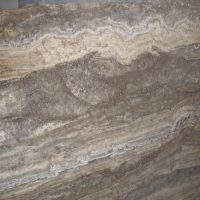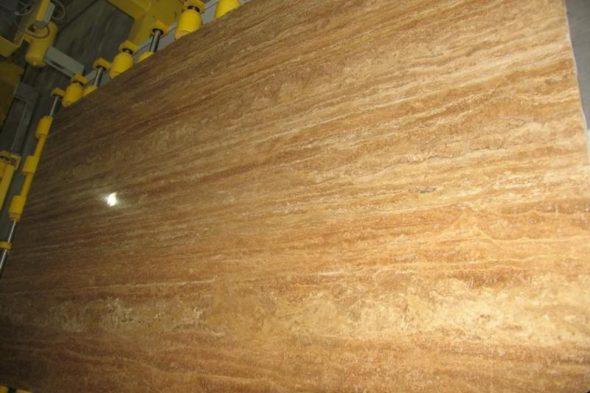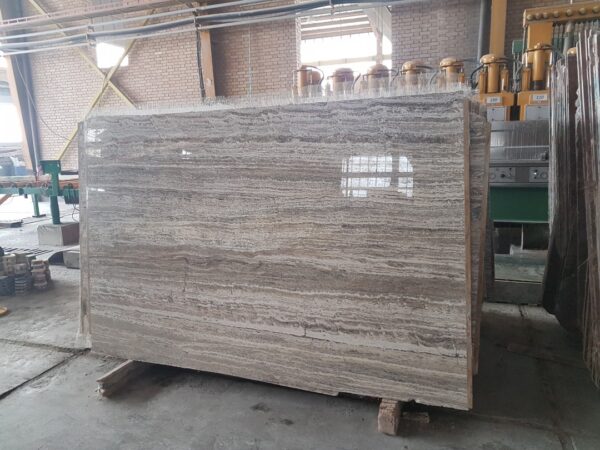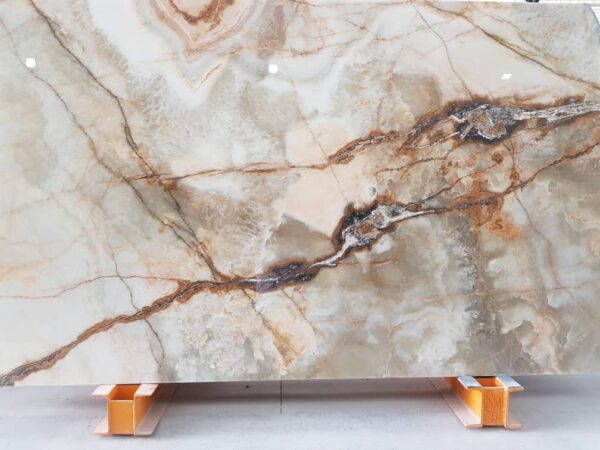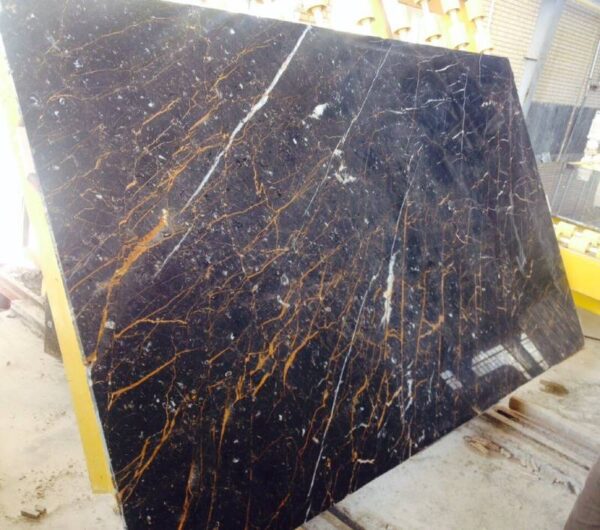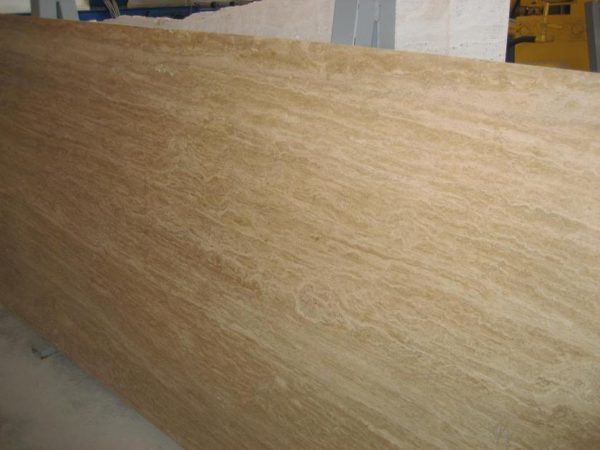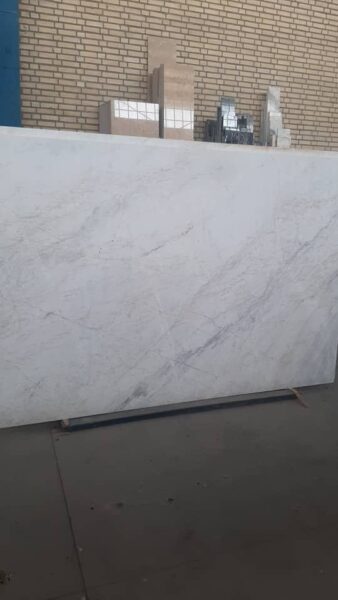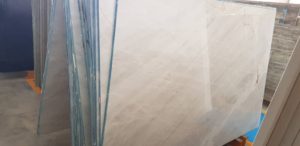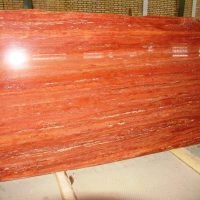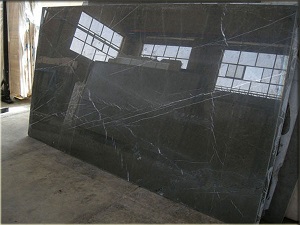A Complete Guide for Homeowners
Can You Paint Travertine? What You Need to Know
Travertine is a beautiful natural stone commonly used in homes for flooring, backsplashes, and countertops. Known for its warm tones and porous surface, travertine adds a unique, earthy look to any space. However, many homeowners wonder, “Can travertine be painted?” Whether you’re looking to refresh the appearance of old travertine or simply change its color, it’s important to understand the process and challenges involved.
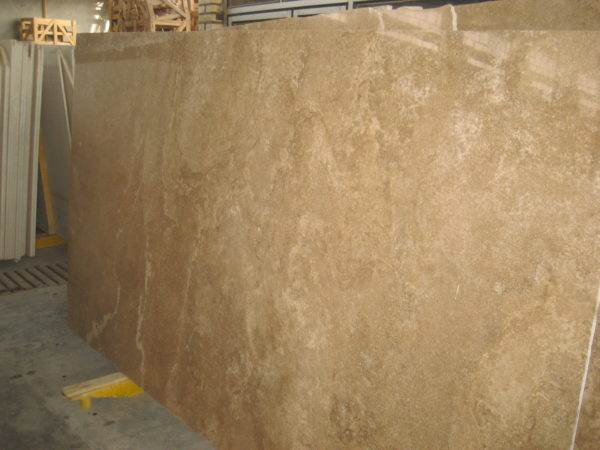

This guide will explore whether you can paint travertine, how to do it effectively, and what you need to consider before making the decision.
Yes, Travertine Can Be Painted – But with the Right Preparation
The short answer is yes, you can paint travertine, but it requires careful preparation to ensure the paint adheres well and lasts over time. Travertine’s porous surface makes it challenging to paint, but with the right materials and techniques, you can achieve great results. Whether you’re painting a travertine backsplash, flooring, or even countertops, following the correct steps is crucial.
1. Surface Preparation is Key
Before painting travertine, thorough surface preparation is essential. Travertine is naturally porous, with many tiny holes and imperfections. To ensure the paint adheres properly, you’ll need to clean the surface and fill in any large holes with a filler or epoxy.
Steps for Surface Preparation:
- Clean the Surface: Use a mild detergent and water to remove dirt, grime, and any sealant that may be present. Allow the stone to dry completely.
- Fill in the Holes: Travertine often has pitted surfaces. Fill these areas with a stone filler or epoxy to create a smooth base for painting.
- Sand the Surface: Lightly sand the surface to create a slightly rough texture, which will help the paint adhere.
2. Choose the Right Paint and Primer
Choosing the right type of paint and primer is critical to ensuring your project is successful. You will need a high-quality primer specifically designed for natural stone or masonry to seal the surface and allow the paint to bond effectively.
Best Paints for Travertine:
- Epoxy Paint: Epoxy paints are durable and ideal for high-traffic areas like floors and countertops.
- Acrylic Latex Paint: This type of paint works well on travertine surfaces and provides a smooth, even finish.
- Chalk Paint: For a matte or distressed look, chalk paint can be used on travertine. However, you’ll need to seal it afterward to protect the surface.
After applying a coat of primer, let it dry thoroughly before moving on to painting.
Steps to Paint Travertine
Now that your travertine surface is prepped and you have the right materials, follow these steps for a flawless finish:
1. Apply the Primer
Once the surface is cleaned, filled, and sanded, apply a stone-friendly primer. Make sure to cover the entire surface evenly. Let the primer dry according to the manufacturer’s instructions.
2. Paint the Travertine
Using a roller or brush, apply the first coat of paint. A thin, even coat works best to avoid drips and uneven texture. Allow the first coat to dry completely before applying a second coat.
3. Seal the Surface
Travertine is a natural stone that benefits from sealing, especially in areas like kitchens and bathrooms. After the paint has dried, apply a clear sealant to protect the painted surface from moisture, stains, and wear.
Things to Consider Before Painting Travertine
Before you decide to paint your travertine, consider the following:
- Irreversible Change: Painting travertine is a permanent change. If you decide you no longer like the painted look, it can be difficult to revert back to the natural stone appearance.
- Maintenance: Painted travertine requires maintenance, especially in high-traffic or moisture-prone areas. You may need to touch up the paint or reseal the surface periodically.
- Aesthetic Considerations: Travertine’s natural beauty comes from its unique color and texture. Painting it can alter the original charm of the stone. Make sure the painted look aligns with your design goals before committing.
https://www.rockstone.biz/stones-for-home-designing-germany/

